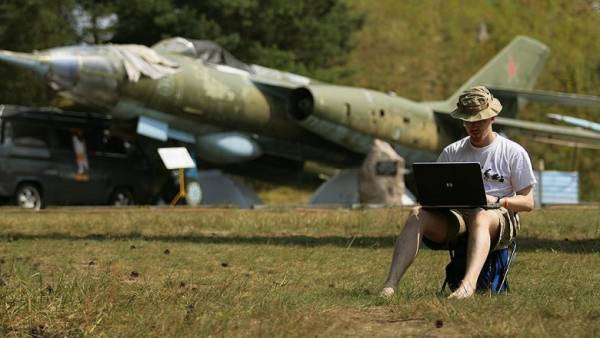FSB sets the third cyber
The secret service has created a new structure for combating computer crimes.
Upstairs
The FSB established a new structure to counter cyber attacks on key facilities of Russian infrastructure. Detection, prevention and liquidation of consequences of such crimes lies with the national coordination center for computer incidents (NCCI). Will be chaired by a Deputy head scientifically-technical service — the chief Center of information security and special communications FSB Andrey Ivashko. Coordination of counteraction to crimes in sphere of high technologies could do and the information security Center (Tsib) of the FSB, but it found evidence of high treason, therefore, CDC was one of the coauthors of this program
The order of the creation NCCCI was signed by the Director of FSB Alexander Bortnikov. Obviously, he was issued the development of decrees of the President 2013-2017 years about creating and improving the system of detection, prevention and elimination of consequences of computer attacks (Gossipy).
In position about the new center says that on the basis of scientific-technical service, the FSB, there was one unit with very wide powers in the field of cybercrime. From the very first paragraph of the regulations on NCCCI it follows that the centre “is an integral part of the forces intended for the detection, prevention and elimination of consequences of computer attacks and computer incident response”. Note that now these powers are given to the infamous information security Center of FSB, former executives who are under investigation on charges of high treason (article 275 of the criminal code), and the Center for information protection and special communications of the FSB (formerly the 8th chief Directorate of the KGB of the USSR), headed by Andriy Ivashko. He will lead and NCCI.
In addition to the purely practical problems that will solve, a new unit assigned to it and coordination of activities in computer attacks on Russian “entities of critical infrastructure”, which includes the public and private sectors of health, science, transport, communications, energy, banking, fuel and energy complex, nuclear energy, defense, aerospace, mining, metallurgy and chemical industry. In fact, the new structure should become a center that will gather information from relevant agencies about cyber attacks. There it will be analyzed, to develop methods of detection and prevention and to bring information about “the means and manner of carrying out computer attacks” to all “entities of critical infrastructure”.